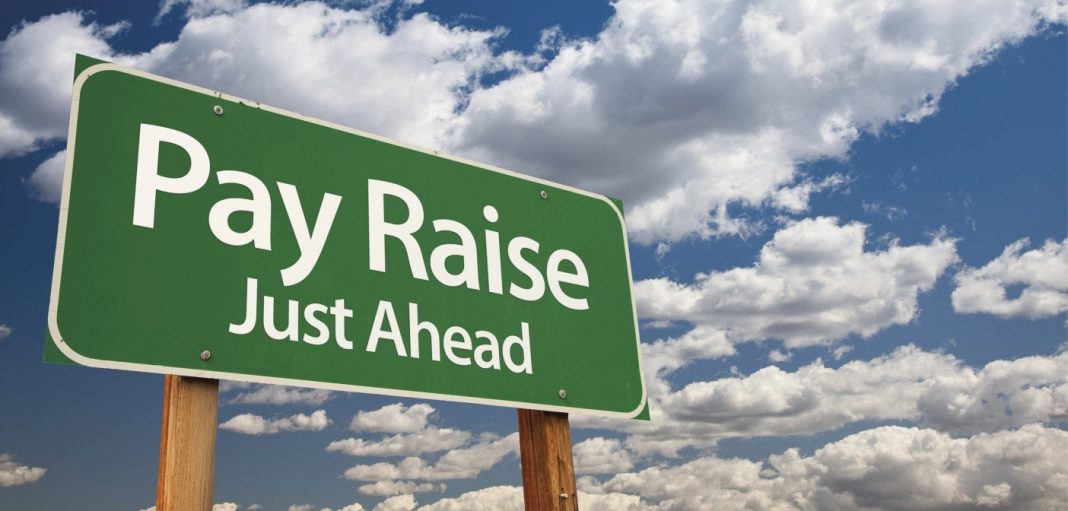The Government has announced that from 1 April 2020, the minimum wage is going to increase from $17.70 to $18.90 per hour. This is an increase of 7.27 percent or $1.20 per hour. It will mean an extra $48 per week before tax for employees on minimum wage working a 40-hour week.
The training/starting out wage also sees an increase from the current rate of $14.16 to $15.12 per hour on the same date. The training/starting out wage rate is set at 80 percent of the adult minimum wage rate.
The Government has indicated a likely further increase to lift the minimum wage to $20 per hour in 2021. So, what can you do to prepare your business for this change? Here are some practical tips to help.
Update your payroll system
Most payroll systems should either automatically update or provide you with instructions on how to adjust settings to manage the increase from 1 April. We recommend that you confirm well in advance if any action is required to ensure compliance.
Consider moving to a cloud system
If you are currently using a manual or desktop payroll system, it is timely to consider the benefits of moving to a cloud-based solution. There are many options available to suit the needs of your business.
Cloud-based means you can access payroll from anywhere with an internet connection, ensures that you are always using the most up to date version of the software, and means you are not reliant on in-house backup procedures.
You may also be able to link with time sheeting and finance systems to reduce the opportunity for data input error.
Prepare an annual budget
Understanding the financial impact of the increase is vital so you can plan and make adjustments as necessary.
Preparing an annual budget on a month by month basis with the help of your accountant will highlight the effect of the increase both on wage cost and holiday pay liability.
Using tools such as Spotlight or Futrli can help you visualise the impact in a user-friendly format.
Review other employees’ wages
The minimum wage increase is likely to have a bearing on wage expectations from those employees who are currently receiving more than minimum wage because of their skills/loyalty.
You may wish to consider whether to maintain wage parity across your employees by offering increases to those above the current minimum wage.
As this increase is not required by law (provided they are already on or above $18.90 per hour), you could stagger these.
There may also be other non-financial benefits, such as flexitime or training, that you could offer to those more skilled employees in order to keep them motivated and engaged.
Review your pricing strategy
All other things being equal, the cost of operating your business will increase on 1 April 2020. Just as you would look at your options if any other supplier passed on increased costs, the increased wage cost should prompt a review of your current customer pricing, if this has not been carried out recently.
Is your market such that you could raise prices across the board incrementally? Or should you focus on increasing selected product/service pricing only? Other ways to look at pricing include reviewing discounts offered and how you bundle goods/services.




